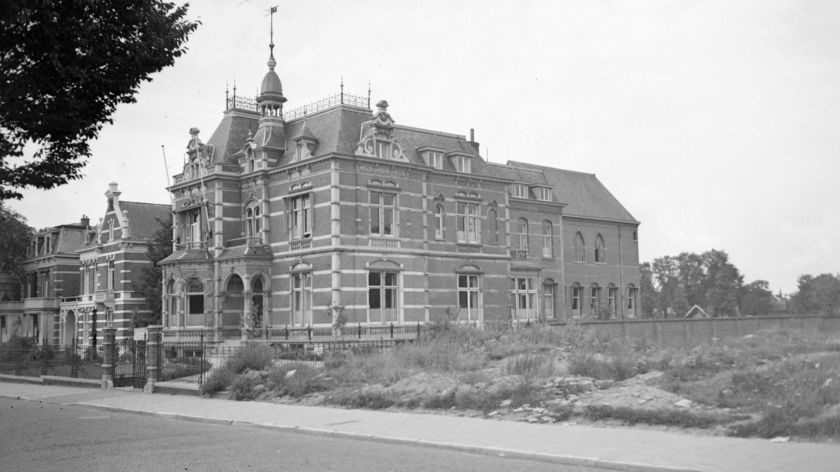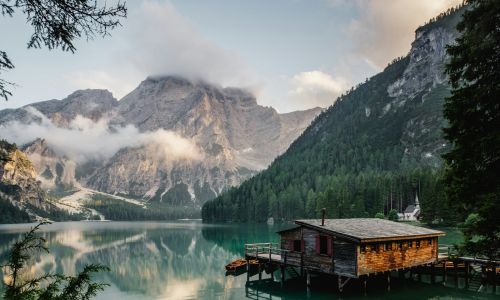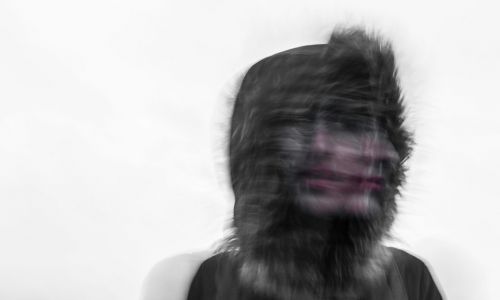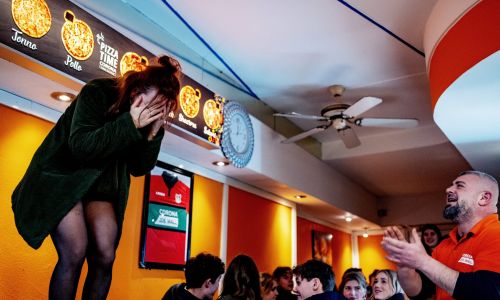Then & Now (4): Villa Stella Maris
 Foto: Regionaal Archief Nijmegen
Foto: Regionaal Archief Nijmegen
In the olden days, the University didn’t have a campus, and its buildings were spread all over town. To commemorate Radboud University’s 95th anniversary, VOX dove into the archives. What’s changed? Today: Stella Maris.
Shortly after World War II, the Catholic University Nijmegen was facing a serious shortage of space. Many buildings, such as the Main Building, the Psychology Laboratory, and the largest part of the Library and Institute Building, were in ruins. New locations had to be found, and quickly.
Renaissance mini-palace
Thanks to its connections, the University managed to purchase the rather luxurious emergency location Stella Maris as early as August 1945. In the words of the Nijmegen student weekly Vox Carolina, a ‘flashy, sleek Renaissance mini-palace’ on the Van Schaeck Mathonsingel, number 4.
Stella Maris was a villa, built in 1888. Until 192f4 it was nicknamed ‘Butter Dish’ for being home to a member of margarine producer family Jurgens. The name was changed to Stella Maris when the Sisters of Our Lady of Amersfoort took over and turned it into a ladies’ hostel for students.
The hostel was not particularly popular
Early bedtimes and morning mass were part of the regime imposed on the inhabitants. Hell on Earth for students? Many of the female students of the time apparently thought so, which is why the hostel was not particularly popular. Father and Professor of Philosophy Ferdinand Sassen, on the other hand, was very enthusiastic about the location. He lived in a large room at the front of the villa and sometimes taught lectures there too.
Cargo bike trips
Following the ravages of World War II, the Nijmegen University underwent a lot of fast-paced changes. One of the most important changes was the purchase of Stella Maris and the relocation of the institutes to the villa, with the reading room and administration office following shortly after.
Since most books had remained in the depot of the former library on the Muchterstraat, the librarian faced an arduous task. Every day, he had to go up and down a few times with a cargo bike filled with requested books. In one year, this amounted to more than one thousand cargo bike trips. Later on, the librarian was given a small car, but it was still a highly impractical arrangement. To make it harder still, due to lack of storage space, the University Library later started using more depots, spread across the city.
Fire
In 1967, the then librarian could breathe easy at last: the University Library moved to the new building on the Erasmuslaan. In the following years, Stella Maris continued to play an important role for the University. The institute for Dutch Language and Culture and the institute for Political Science remained in the villa, the attic was used by the institute for Mission Studies and as a lecture hall, and the cellar was home to some international institutions. With the construction of the Erasmus Building in 1974, the villa lost much of its importance, and was sold by the University a few years later. In 1985, Stella Maris burned down, leaving little of the former building left to be seen.
With thanks to Jan Brabers, University Historian. Marjolein van Diejen made the ‘now’ photograph. ‘Then’ photograph: Nijmegen Regional Archive.
Sources: Rob Wolf, De Trek naar het zuiden: gebouwen van de Katholieke Universiteit Nijmegen 1923-1998 (The Migration South: Buildings of the Catholic University Nijmegen) (Nijmegen 1998) and Jan Brabers et al, Radboud in de Stad: Routeboekje (Radboud in the City: Route Guide) (Nijmegen 2013)



